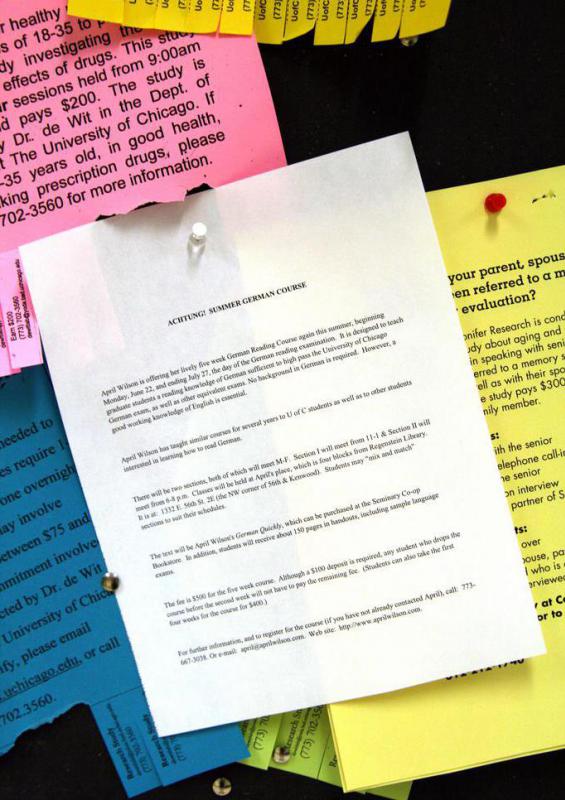At HomeQuestionsAnswered, we're committed to delivering accurate, trustworthy information. Our expert-authored content is rigorously fact-checked and sourced from credible authorities. Discover how we uphold the highest standards in providing you with reliable knowledge.
What is a Push Pin?
A push pin is a thick pin with a cylindrical top that looks almost like the shape of a top hat. The top of a push pin is usually made from plastic and is sold in multiple colors as well as a transparent clear variety. Push pins are used on bulletin boards and to hang lighter items on walls. The push pin was invented by Edwin Moore in 1900.
Moore worked on the development of his idea of "a pin with a handle" until he created the push pin we still use in most homes and offices today. Edwin Moore began making the pins in the evenings in a rented room. The following day he would sell the pins he had made the night before. Moore started out by selling his push pins at $2.00 US Dollars (USD) a gross, which is 144 pieces. One of his largest early sales was $1,000 USD worth of push pins to the Eastman Kodak Company.

The Moore Push Pin Company still operates today, just outside of Philadelphia. The company manufacturers push pins as well as other items invented by Edwin Moore such as various tacks and picture hanging products. The Moore Push Pin Company has been run by four generations of the Moore family.
The plastic "handle" of the push pin not only makes the pins easy to push into a bulletin board or wall, but also easy to remove. Thumb tacks are flat and may become so deeply embedded in a wall or bulletin board that it's difficult to remove them. Multi-colored push pins can add a fun look to a bulletin board, while the clear colorless type of push pin can look quite elegant.
A push pin may work to hang up a small, lightweight item on a wall, but they are mostly meant to use on bulletin boards. Push pins shouldn't be used for heavier items such as heavy pictures or photos with glass. The picture wire may slip from the plastic top of the push pin to the metal pin part and this could put weight on the pin and cause the picture to fall. Push pins are ideal for hanging lightweight items on walls and for pinning items to a surface.
AS FEATURED ON:
AS FEATURED ON:











Discussion Comments
Push pins also work perfectly for pinning a variety of important documents together on a bulletin board. They are durable and easy to use for this task. This a great way to organize receipts, notes, documents, and any other papers you don't want to lose.
Plastic push pins are great for putting photographs on a wall. The options for arranging them are limitless and the finished results create modern looking decor. It also looks neat to match the colors of the pins to colors of the subjects in the photos.
Post your comments